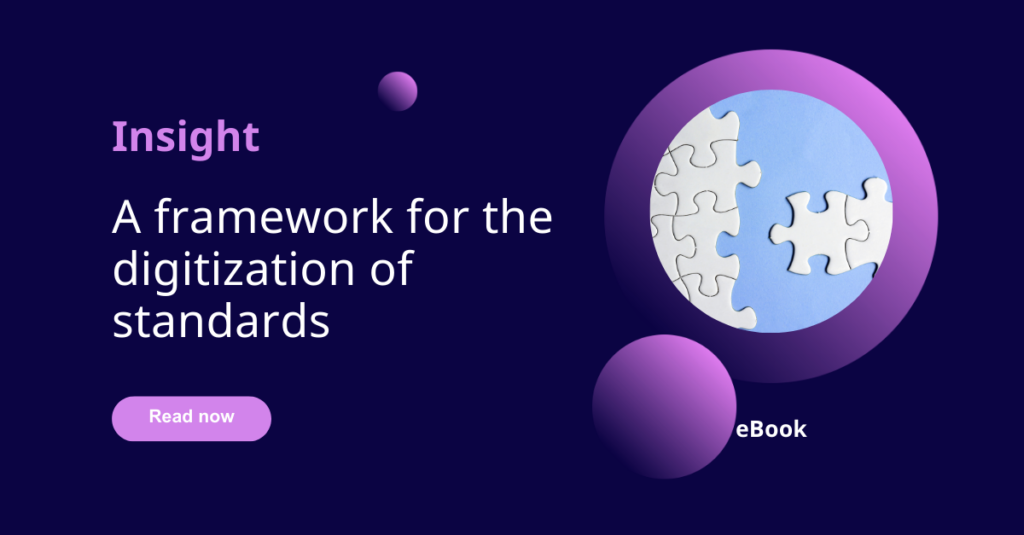If you operate in an industry that must adhere to multiple regulations from multiple bodies across jurisdictions, you likely run into issues with content duplication. Indeed, in heavily regulated industries such as asset management, airline manufacturing, and audit and accounting, it is common to hear that 40 or even 60 percent of content is reused across multiple locations. This could be updating the latest version of a manual or company policy.
Not only is your team duplicating its efforts, but there is also a high chance of inconsistencies, particularly if your method of reuse is dependent on copy and paste.
Copy and paste is prone to human error. However, added to that, pasted content becomes a maintenance liability. It may be edited intentionally or unintentionally. It may expire due to an update to a standard.
Policies and procedures underpin how a company conducts its business. As such, the goals of content creation may include risk mitigation, reducing time to market, ensuring consumer or patient safety, and meeting regulatory requirements. A critical factor in meeting these goals is the systems and processes that underpin how you manage and reuse content.
It is common to hear that 40 or even 60 percent of content is reused across multiple locations.
Systems and processes
One approach to managing content is with a document management system (DMS). DMSs have numerous advantages. Cloud-based solutions such as OneDrive for Business, for example, allow businesses to share and store files, and collaborate across multiple locations and on multiple devices. DMSs are often popular across industries due to the user-friendly tools they offer for managing documents, such as tracking changes, and the ability to restrict documents.
However, often this functionality does not go deep enough for companies that may, for example, need to meet the requirements of multiple regulators and standard bodies across different jurisdictions.
When it comes to the level of control you have over your content, some key questions to consider are:
- Can you review historical edits?
- Can you compare the latest version of a document to an older version from a previous point in time?
- Can you implement structured review and approval workflows?
- What happens when a link to a document or policy changes?
- Can you manage content at a micro level, adding metadata and tagging (e.g., for reporting purposes)?
- Is it possible to reuse content with full traceability back to the master version?
Indeed, Thomson Reuters’ Cost of Compliance report for 2023 on financial services found that in 2022, the number of regulatory events monitored by Thomson Reuters Regulatory Intelligence was 61,228. Nearly three-quarters of respondents reportedly expect an increase, and the volume and implementation of regulatory change was a top theme for individuals questioned on the greatest compliance challenges in 2023.
The challenge of keeping up with the volume of requirements may be compounded if your organization is using email and spreadsheets to keep on top of updates. With a flooded inbox, there is a risk that something may be missed or accidentally omitted.
A DMS is unlikely to come with the kind of workflow features that help automate such steps to ensure you never miss an update.
Often the functionality of a DMS does not go deep enough for companies that may, for example, need to meet the requirements of multiple regulators and standard bodies across different jurisdictions.
Single-source publishing
Putting in place systems and processes that will help your business manage duplication, clear up inefficiencies, and slash the burden of compliance is essential to not only keeping up with regulatory change but also getting ahead.
To that end, purpose-built features and functionality are key to powering progress. In particular, single-source publishing – the ability to create once and publish everywhere – equips companies operating in heavily regulated industries with the ability to reuse content with much greater control. Edit your master document once and roll out changes across your business, with, for example, jurisdictional interpretations added.
Talk to us about the benefits it can deliver to your organization.


